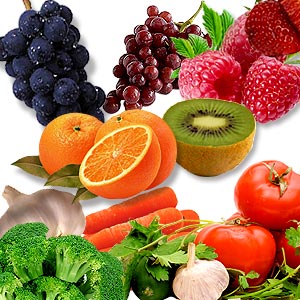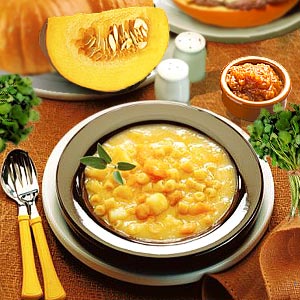Flavonoid foods, green tea, red wine good for health – these buzzwords have been doing the round for some time now. Are you confused about what it really means to you and your family health?
Scientists have been able to identify thousands of flavonoid compounds in the natural world… and it has opened up a whole world of healing potential for mankind. Flavonoid compounds are found in colorful fruits and vegetables and herbs. Grains, nuts and legumes are rich in flavonoids.
The process of metabolism gives rise to unstable oxygen molecules that cause damage, heart disease, cancer, diabetes and more. You can prevent and rectify this damage by the consumption of antioxidants that are found in foods. Antioxidants are powerful substances that aid in removal or reduction of free radical oxidative damage. Powerful antioxidants include beta-carotene, Vitamins C and E, Selenium and lutein. You can get them aplenty in fruits and vegetables, nuts and grains as well as some meats, poultry and fish. Little wonder that mamma asked you to complete your veggies before you left the table.

Benefits of flavonoids
The most powerful role of flavonoids is their antioxidant capabilities. Their advantages range from anti-cancer properties to anti-inflammatory properties and anti-allergic properties. Typically flavonoids aid in reduction of blood levels of cholesterol and triglycerides. Flavonoid-rich foods are said to aid in skin disorders, gout and fibromyalgia and varicose veins. It is known to bring relief to allergies, asthma and sinusitis.
Green tea and black tea contain nearly 25% flavonoids. So you can do wonders for your health when you drink your next cuppa! The same goes for your wine intake. Red wines are known to provide these beneficial flavonoids, thereby reducing the risk of developing atherosclerosis. So drink to your heart! Moderate red wine drinking has been known to result in increasing HDL (good cholesterol) levels and preventing abnormal blood clots. This accounts for the better heart health of the French in spite of consuming large amounts of lard.
Different flavonoid compounds
Flavonoids called polyphenols are found in green tea, red wine, soy and pine tree bark. Citric flavonoids are found in tangerines, oranges and other citric fruits. The berry family, blackberries, blueberries, strawberries, cranberries and cherry are particularly rich in flavonoids. Other dietary sources of flavonoids are beans, apples, spinach, cocoa, onions, honey, lettuce, asparagus and Brussels sprouts. Herbs such as dill, thyme, basil, coriander, peppermint and anise add not just flavor to your food but plenty of flavonoids.


